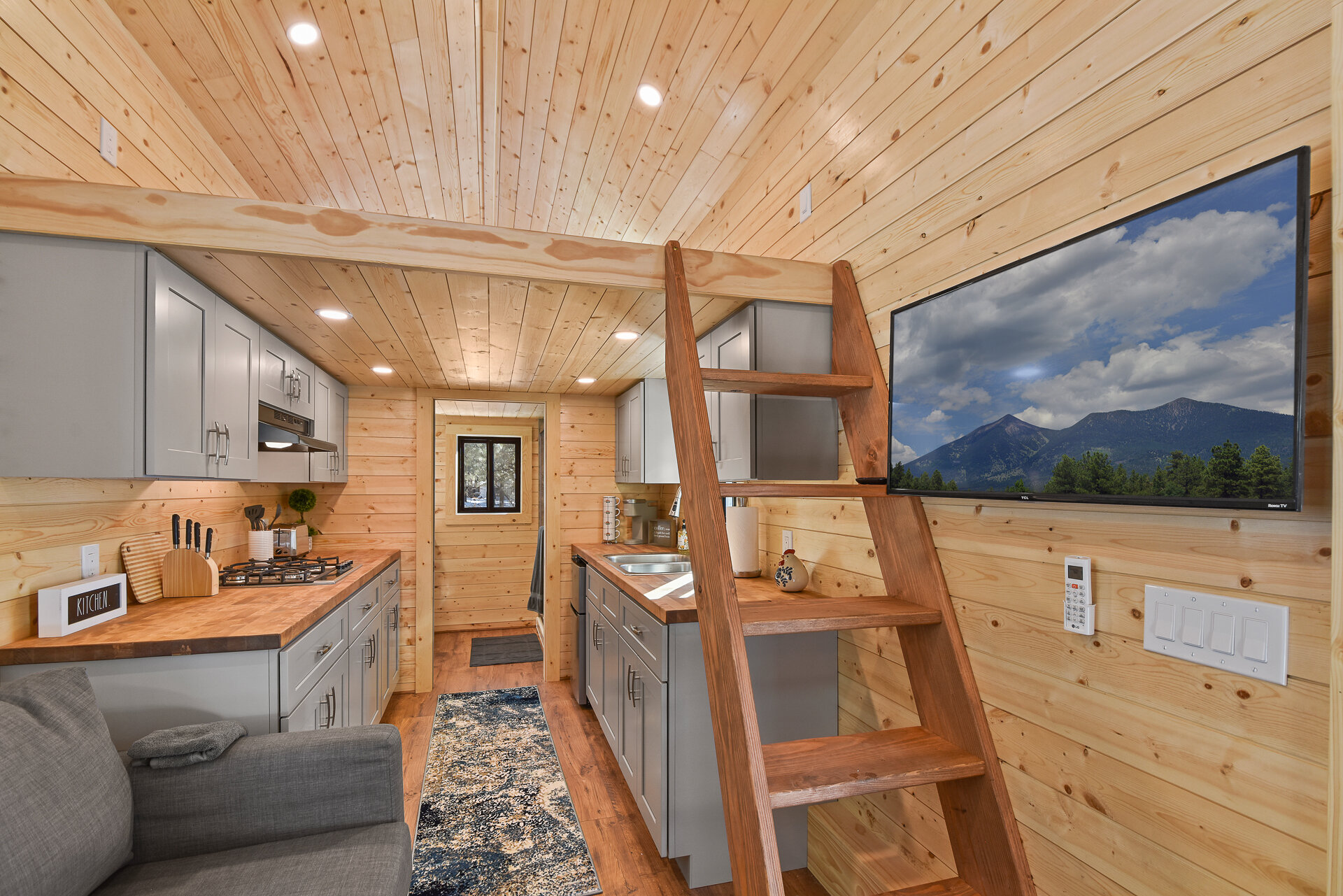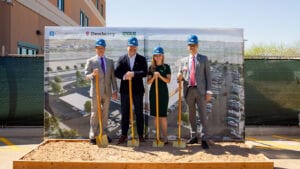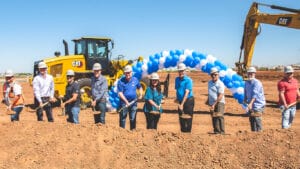As home prices skyrocket across the country, many cities are looking for alternative means to provide high-quality, reasonably priced, short and long-term housing. Aspire Fund believes tiny homes are starting to fill the gaps and influence a huge shift in real estate development and sustainable housing innovation.
Tiny homes are trending and not just for the homeless and/or downtrodden communities in cities like Seattle. Most local municipalities are not familiar with the unique needs of these developments, this is where Aspire Fund comes in. Creative developers are now working closely with city and county staff across America to offer attractive and affordable housing with the goal of integrating tiny home developments. One inspiring Arizona based developer, Ryan Scott, who focuses on Opportunity Zone developments, has created the Opportunity Zone tiny home project in Flagstaff, Arizona.
READ ALSO: Phoenix firm creates container homes that start at $45,000
‘We understood the complexities of the demand in our community, we also had innovative tiny home builders creating a very slick, high end product. But when we went to the County, there were no such guidelines for us to follow because no one had ever done this before,” said Ryan Scott, CEO of Aspire Fund. “That’s when we started to collaborate with the county and together, we reimagined what Flagstaff could bring to local community residents in need of affordable, environmentally-friendly short and long-term housing,” Scott continued.
Tiny Homes have captivated the millennial generation, especially those looking to exit crowded urban cities and work remotely in nature. Beyond being affordable, custom tiny homes appeal to the Instagram generation, enabling owners and guests to ‘show off’ this new approach to luxury. Interestingly, older generations have caught the bug as well.

According to AARP.org, the idea of living small, really small, is catching on. Tiny house communities are multiplying, and approximately two out of every five tiny house owners are over age 50. Tiny house converts are hosting events and how-to workshops across the country. And builders and designers are catering to the demand. Tiny homes provide a viable living option for young and older adults and offer communities new ways to think about housing.
“With the growing costs of construction, materials, and labor, going tiny is a logical path for homeowners. The thoughtful use of areas zoned for projects similar to this will be an advantage to our community and a prime example of a mindful bright future ahead,” said Adams Hicks head of the building division of Coconino County.




